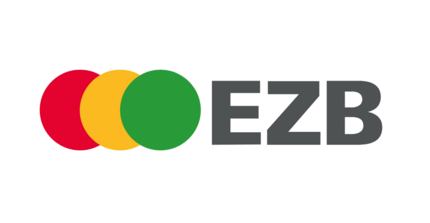Evaluation of different vegetative covers in a cocoa plantation (Theobroma cacao L.) clone CCN-51
DOI:
https://doi.org/10.5281/zenodo.12729138Keywords:
T. cacao, cover area, cover index, soil, physical-chemical characteristicsAbstract
This study was carried out at "Finca La Ponderosa" located in "Las Lolas", Quevedo cantón, Los Ríos province, Ecuador, and its objective was to evaluate different plant covers in a cocoa plantation clone "CCN-51", based on the use of three types of legumes and grasses. The main crop was a 13-year-old cocoa plantation, which allowed analyzing the chemical-physical conditions generated by this crop in relation to soil erosion and soil impoverishment. The legumes used were: fodder peanuts, vigna beans and savoy grass. The experimental methodology used was field, first, a soil analysis was carried out to determine the physical and chemical conditions of the soil; then four treatments were applied, which were executed with five replications, this allowed evaluating the soil covers in an approximate time of three months. The results obtained were that the treatment with savoy grass was the best treatment in terms of coverage index and surface coverage. In relation to the physical conditions there were no significant differences, while in the chemical analysis there was an increase in zinc and a decrease in copper in the soil.
Downloads
Published
How to Cite
Issue
Section
License
Copyright (c) 2024 Latin American Journal of Agricultural Sciences - RLCA

This work is licensed under a Creative Commons Attribution-NonCommercial-NoDerivatives 4.0 International License.
The Latin American Journal of Agricultural Sciences (ISSN online: 2961-2764) applies the Creative Commons Attribution (CC BY) license to the articles and other works we publish. Therefore, each manuscript submitted for publication by the journal will be processed under the CC BY license. This means that the manuscript author retains copyright to their published documents while agreeing that their article may be reused in whole or in part by anyone for any purpose, free of charge, including for commercial purposes. The use of this license is consistent with the open access policy of the journal, since this is the most open license considered "the gold standard" of open access.













